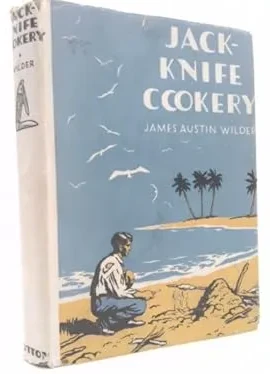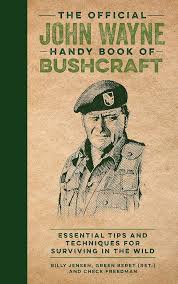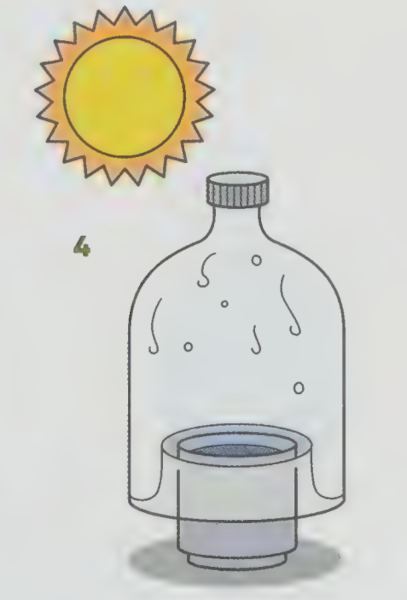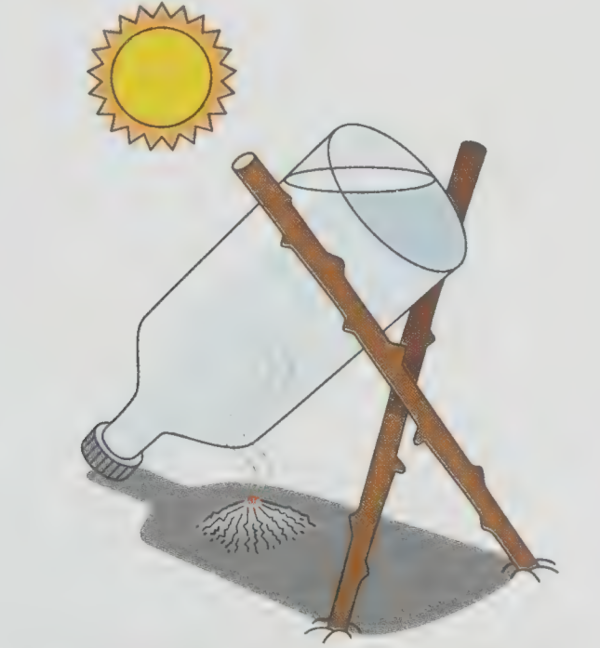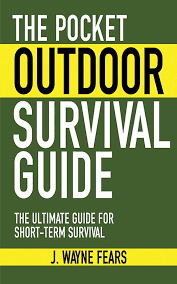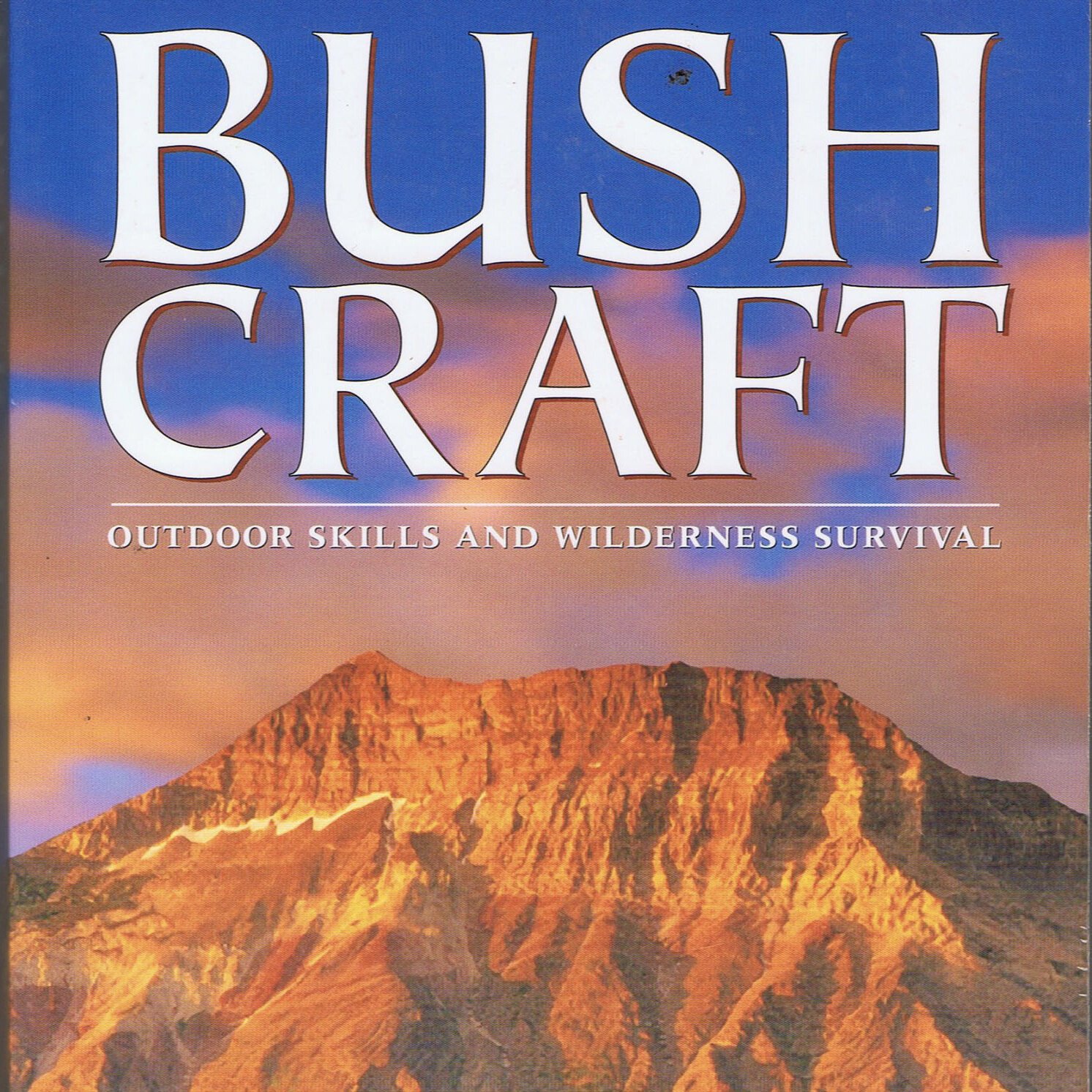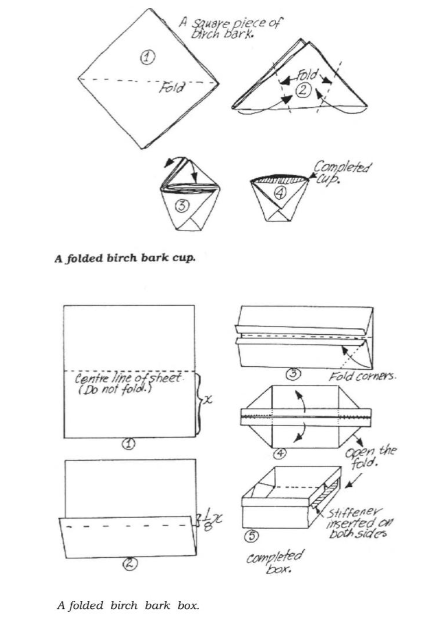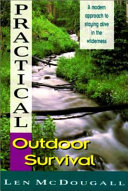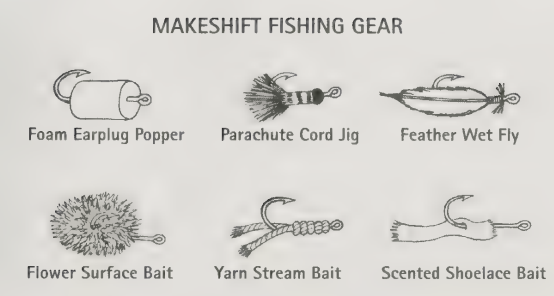“The Third Wave” by Alvin Toffler explained humanity was on the cusp of an Information Age.
Toffler warned that the transition was likely to incur growing pains. Progress has been hindered by the persistence of many Second Wave institutions.
“Information pollution”, rather than lack of information, often hinders us. Opinion too often masquerades as fact. Editorials pretend to be news. Truth is buried under more entertaining alternatives.

Information Anxiety
A friend of mine referred me to the book “Information Anxiety” (1989) by Richard Saul Wurman.
My first impression of the book was a reaction against its length. Page count on my reader is 372 pages! Shouldn't a book on information be more concise?
It was not as bad as it initially appeared. About 30 pages at the end are the bibliography, index, acknowledgements and so on. There are blank pages at the end of the chapters.
The start of the book explains that it can be read non-linearly.
Immediately after follows an annotated contents list with several extracts from each chapter. This takes up more than 20+ pages, contributing to the high page count. Deceptively, each content's entry looks like the start of a chapter. The author evidently likes this feature, since it was kept in the rewrite.
Personally, I found it a waste of pages and the time that I had to spend scrolling through this to find the actual start of the text.
The book is about two things. One is about perception and presentation of information. Selecting and filtering the information that you are exposed to. The other is about managing “information anxiety”.
Personally, I do not consider myself as being particularly prone to information anxiety.
As a pessistoic, I tend not to devote much brain time to things that do not affect me, or over which I have little control or influence.
Most “normal” people, however, will sit down with their daily newspaper or before the nightly news without comprehending they are little more than spectators.
According to the Information Anxiety, one should read certain magazines or newspaper sections to keep informed about art, theatre and similar. Not being informed about a topic that arises would cause anxiety.
Personally, I am more inclined to follow the author’s good advice about embracing ignorance. Vulnerability has a strength of its own.
If I do not know about a topic, I will ask the speaker about it. This contributes to the conversation, and many personality types would rather be speaking than listening, so is socially prudent.
If the subject explained interested me, I will read-up on it later. I will consult several sources, since most things are better understood if looked at from various different angles.

In general, I found Information Anxiety useful. As the book itself notes, information needs to be understood in context. Therefore my recommendation of this book comes with some observations and reservations.
There is a good section on the importance of conversation. However, in many modern institutions obsessed with their woke posturing, conversation and opinions must be carefully guarded. Forget about joking with someone.
Carl Rogers notes that although humans have a natural potential for learning, they approach the process with great ambivalence because “any significant learning involves a certain amount of pain, either pain connected with the learning itself or distress connected with giving up certain previous learnings.” (p.155)
Contradictions
The book has a number of contradictions.
Early on is the quotation from Iris Murdoch that to be a good writer, you have to kill your babies. Yet the book has several sections that seem overly long, or do not seem to make any real contribution.
Some books need an unsentimental editor.
In many places, I found myself wishing the author had followed some of his own advice.
The book has frequent sidebars or “marginalia”. Some are interesting, some entertaining. Many are overly long and do not seem to contribute much. Many of these are guilty of the very literary posturing that an early chapter cautions against.
The marginalia are so frequent that after a while I found myself ignoring them. As a later chapter notes, less is sometimes more.
Contrary to what is claimed in the book, quite a few writers do not put any particular importance on being accurate!

The author advocates the need to know geography to put international news in context. Yet the book itself is very clearly written by an American for Americans, rather than a global readership.
Many of the cultural references will be lost or outdated to many readers.
Several sporting examples are used, but at least one has the simpler explanation that most sports commentators have a very poor standard of English.
The statement “the news industry which worships objectivity with the zeal of Shiite Muslims” had me laughing at how ludicrous this view was. [that simile will probably trigger a few woken‑SS!]
Similarly, accuracy of information is not a particularly notable feature of mass‑media presentations.
The above statement very much contrasts with the later, very useful “Violent Wallpaper” chapter on the mass‑media, which has some interesting insights on how the mass‑media presentation of information is intended to produce fear rather than understanding.
This chapter, however, is followed by an interview by a news anchorman who is treated like a wise guru rather than a figurehead.
The section on “Fat-Free Daily Reading Diet” was also useful, although the modern reader is more likely to be using on‑line sources rather than printed matter.
There is an annoying error that the word “eureka” was originated by Archimedes, rather than popularised by the story about him. Similarly, I also rather doubt that “Socrates was the first teacher to use questions as a way to bring in-depth answers from his students”
The comment about [American] hospitals being primarily concerned with improving the quality of life in the community is amazingly naive. In contrast to this, it is later noted that many hospital routines are for the convenience of the hospital administration rather than of the patients or nursing staff.
Several of the marginalia quote Toffler’s “Future Shock”.
Some reference to “Third Wave” would have put many of the institutions discussed in a historical and broader context. Reading the Tofflers’ “War and Anti-War” would have inspired punchier presentation.
The epilogue of the book has a number of predictions.
Information Anxiety 2

“Information Anxiety 2” (2001) is a rewrite rather than a sequel. Many of the original sections are included, and there is some new content. Some original sections do not appear. The ludicrous comment about journalist objectivity and American hospitals remain, however.
This version is “only” 337 pages. This edition has less “tail”, just an index.
There seems to be more name-dropping and quotation of other books in this edition. There also seems to be a greater emphasis on the author's own achievements.
Generally I have found this book weaker than the original. There is more emphasis on business and less on the individual.
Once you wade past the lengthy contents section, there is a rather smug chapter on predictions about the information age that have not come true (in 2001). No mention is made of the predictions in the epilogue of Information Anxiety (1989), which consistently missed every time.
The five ways that information may be organized by has been given the acronym “LATCH”: Location, Alphabet, Time, Category and Hierarchy. Hierarchy was formally “continuum”.
All the quotations from Future Shock have been removed.
Page format and layout seems a little easier to read.
“Civilization had too many rules for me, so I did my best to rewrite them”.– Bill Cosby (p.193) [Awkward!]
A few sections are in triple column print, which might have worked in the original paper book, but is tedious to read on-screen.
In contrast to the original book, there is a section about the merits and continued popularity of printed newspapers. Also some examples of design work the author’s company had done for printed newspapers…
Significantly, the “Violent Wallpaper” chapter on newspapers and mass-media is no longer found in this edition.
There are several sections on various management and employee interactions. If you want to learn about this, you are better reading “First Break All the Rules” by Marcus Buckingham and Curt Coffman.
New text includes discussion of company mission statements, customer service and engagement, workplace politics, search engines and websites.
The “pyramid cookbook” (p.107) idea was interesting. Hopefully one day something along these lines may be created.
Much of the technology related comments in either book are no longer accurate.
While I have my reservations about the presentation of these books and some of the content, they do contain a lot of useful information and ideas, and are worth reading.
